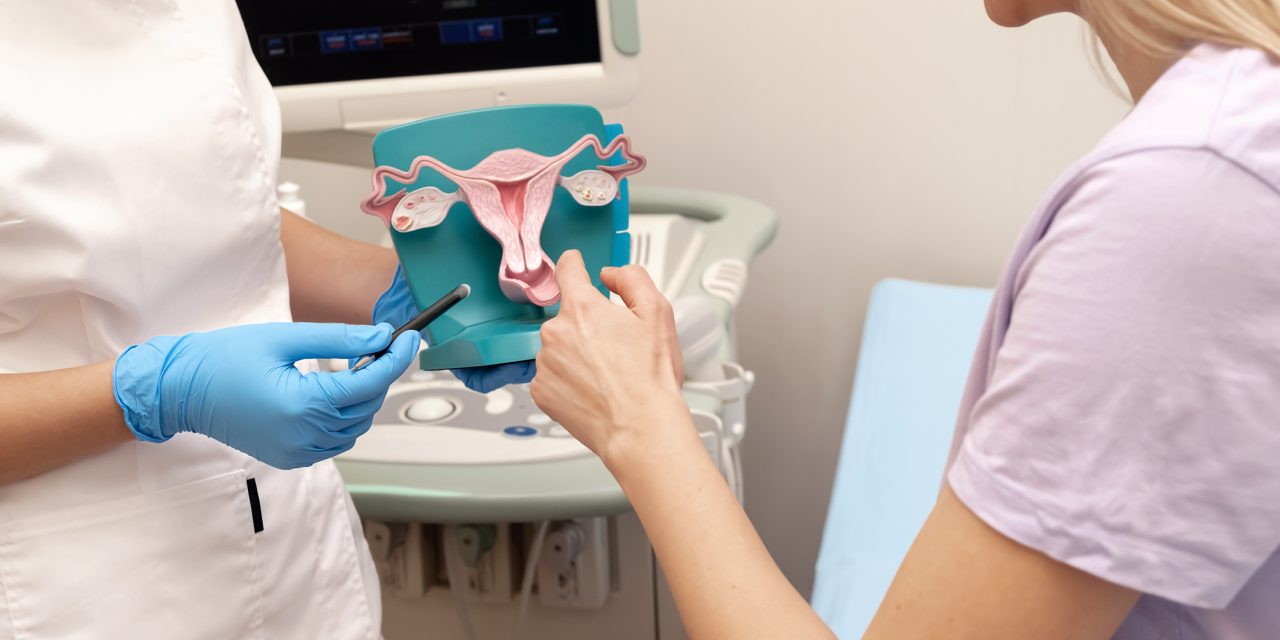Breast cancers are the most common type of cancer and the most common cause of mortality in women worldwide. Different prognostic factors are the subject of research to differentiate the prognosis even between cases at a similar stage and identify risky patients earlier and create individual treatment approaches. Tumor budding (TB) has been identified as a poor prognostic factor in many types of cancer, especially colorectal carcinomas. In our study, we aimed to determine the prognostic significance of the TB by evaluating the TB in line with clinicopathological parameters in breast invasive ductal carcinoma cases.
311 breast carcinoma cases operated in our hospital between January 2010 and April 2020 were included in the study. In hematoxylin-eosin (H&E) sections of the cases, TB was evaluated in a single high-power field (HPF). ROC analysis was performed with overall survival data, and low, and high TB cutoffs were obtained. The relationship of the high TB with clinicopathological parameters was evaluated, and survival analysis was performed.
We determined that high TB in breast invasive ductal carcinoma cases was associated with low survival time, metastasis, axillary lymph node metastasis, angiolymphatic invasion, advanced stage (pT3), high Ki-67 proliferation index, progesterone receptor (PR) loss, and advanced age. Tumor budding was identified as an independent risk factor in overall and disease-free survival analysis.
Tumor budding is a prognostic parameter that can be easily evaluated in all centers since it does not cause additional cost to routine pathological examinations. We think it may be helpful to establish a standard methodology in evaluating tumor bud in breast carcinomas and including it in regular pathology reporting.
Copyright © 2021. Published by Elsevier Inc.
Tumor Budding is a reliable predictor for death and metastasis in invasive ductal breast cancer and correlates with other prognostic clinicopathological parameters.


